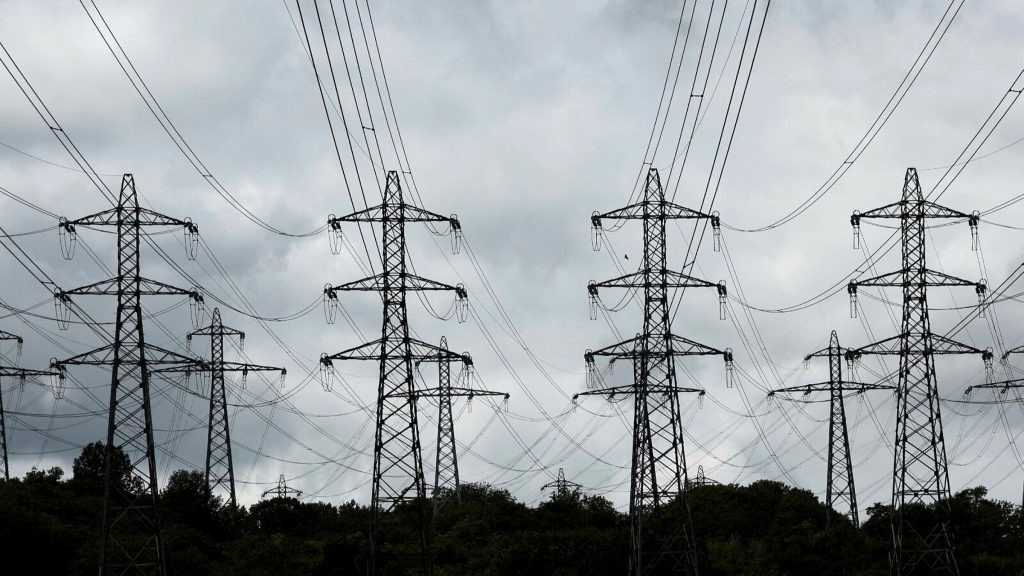
source: https://www.ft.com/content/a0c81387-ba59-44c7-a490-d879d103c2c0
It was cold out today. It will get colder as early fall turns to real fall and then to winter. Just how cold people will get is the question.
The electricity crisis is on everyone’s mind and there are no quick fixes. The immediate cause of electricity’s higher cost is of course Russia’s war in the Ukraine. However, there is one main underlying cause that has been years and years in the making and that is only now obvious to everyone: All our sources of energy are not enough to make up for Europe’s loss of Russian gas, or even meet our own needs reliably.
Khashayar Farmanbar, Minister for Energy and the one currently taking the government’s heat, only recently has admitted that closing down nuclear plants was perhaps a not-so-good idea. While the various political parties blame each other for the decision now, it was actually pretty untenable to support them at the time. There was little popular support, and the only thing anyone liked about them was that they were a terrific place on which to raise taxes. It simply wasn’t worth it to the companies running them to keep them going. Plus, the focus then, as now, was purely renewable power.
In addition, at that time, Sweden led the world in installing wind power turbines and on that front, the future looked rosy. Sweden is now way behind many other countries on new wind power installation (hello, municipal veto), and in fact, no new wind power turbine has been turned on in over nine years. Neither is wind power dependable – when it’s particularly cold it’s usually also particularly still.
Similarly, solar power is fine at a small scale and during sunny summer months. Otherwise, not so much.
Being a part of the EU’s power grid has also been blamed for Sweden’s problems, but it isn’t to blame. The electricity effect that the EU grid gives is bigger and more stable. But now with the war, all those countries that got their gas from Russia now need electricity from other sources, which strains the system’s capacity – a strain we haven’t yet begun to see on a large scale yet.
There is no particular energy source that we can scale up in the next few years except possibly burning more waste. Although the steelworks in the north are still burning coal, Sweden has basically stopped using coal for heating. No one wants to burn coal anyway (I’m sure some people would actually rather freeze). Burning waste is lousy with carbon dioxide of course, but there are carbon capture systems out there – imperfect, likely expensive, but available. It’s a pretty lousy short term solution but there are not a lot of options…
except paying tons of money of course. As someone once said, there isn’t a problem money can’t solve – and if there is, you just haven’t thrown enough money at it. Both the current government and the opposition have their plans to financially bail out the Swedish population when the cost of a kWh hits the fan. We’ll get to that next post.
